Advanced Partial Hip Replacement Treatment
Partial hip replacement surgery for targeted relief from hip pain, restoring mobility and function with advanced, minimally invasive techniques and expert care.
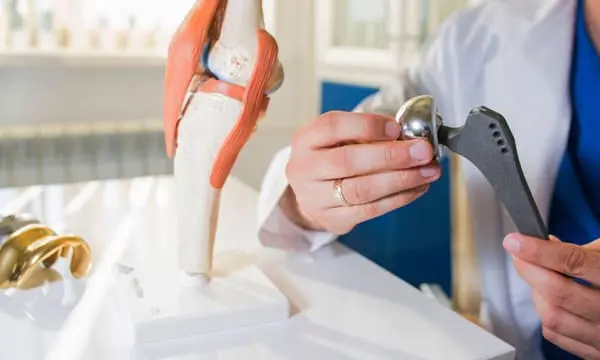
Partial Hip Replacement
Partial Hip Replacement, also known as Hip Hemiarthroplasty, is a surgical procedure where only one part of the hip joint is replaced. Typically, this procedure involves replacing the femoral head (the ball of the hip joint) with a prosthetic component while leaving the acetabulum (the socket) intact. This surgery is often recommended for patients with a hip fracture, osteoarthritis, or avascular necrosis affecting only the femoral head, allowing them to retain the rest of the joint structure.
Partial Hip Replacement is commonly performed in elderly patients who have severe hip joint pain but still have a functional acetabulum. This procedure aims to provide pain relief, restore hip mobility, and allow for improved quality of life.
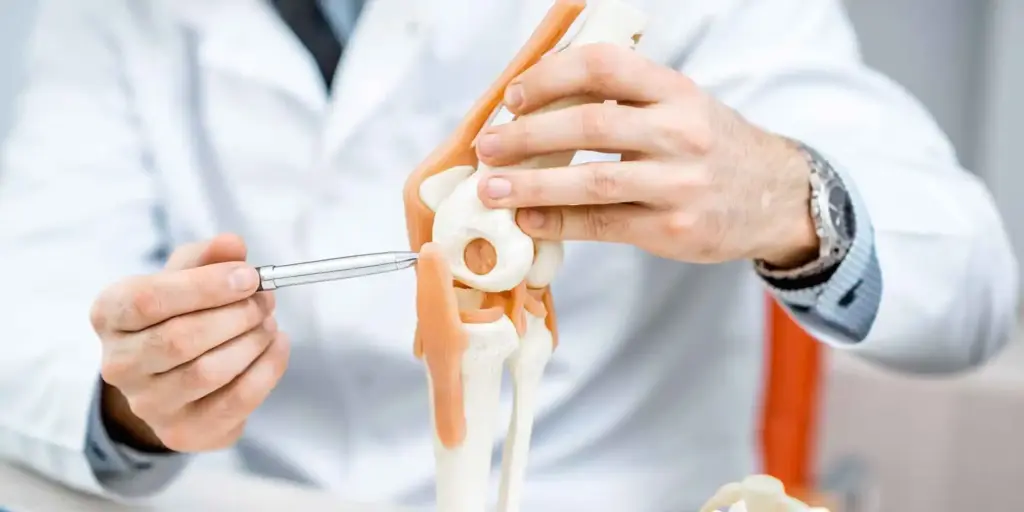
Early Detection Saves Lives
Early detection and treatment are crucial for improving the chances of survival. If you notice any concerning symptoms, consult a healthcare provider immediately.
Signs and Symptoms
Severe Hip Pain
Persistent pain that limits daily activities, including walking, standing, or sitting for long periods, is a major indication for surgery.
Pain that Doesn't Respond to Medications
Pain that doesn't improve with over-the-counter pain medications or physical therapy is a sign of severe damage to the hip joint.
Limited Range of Motion
Difficulty or inability to move the hip joint freely or perform basic activities such as bending, squatting, or walking.
Inability to Bear Weight on the Affected Leg
Weakness or pain when trying to stand or walk can signal significant damage to the hip joint.
Swelling and Tenderness
Swelling in the hip joint area combined with tenderness around the joint may indicate inflammation and degenerative changes.
Blood in Urine
Hematuria - pink, red, or dark urine, the most common symptom
Frequent Urination
Feeling the need to urinate frequently, even when bladder is not full
Painful Urination
Experiencing pain or burning sensation while urinating
Back or Pelvic Pain
Pain that occurs as the cancer grows and spreads
Unexplained Weight Loss
Significant weight loss not related to diet or exercise
Fatigue
Feeling unusually tired or weak without a clear cause
Meet Our Expert Partial Hip Replacement
Risk Factors
Smoking
Smoking is one of the leading causes of bladder cancer. Chemicals in tobacco smoke can damage the lining of the bladder, increasing the risk.

Gender
Men are at a higher risk of developing bladder cancer than women.

Chronic Bladder Infections or Inflammation
Conditions such as bladder infections and long-term bladder inflammation can increase the risk.

Exposure to Chemicals
Prolonged exposure to certain chemicals, especially those used in the dye industry, rubber production, and chemical manufacturing, increases the risk.

Age
Older adults are more likely to experience joint deterioration or fractures due to natural aging, putting them at higher risk for hip surgery.

Osteoarthritis
The most common cause for partial hip replacement, osteoarthritis wears down the cartilage in the joint, causing pain and stiffness.
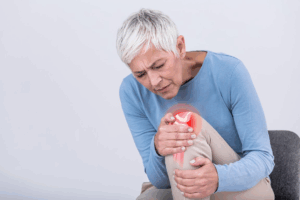
Hip Fractures
Traumatic fractures or fractures due to conditions like osteoporosis can necessitate a partial hip replacement, particularly if the femoral head is damaged
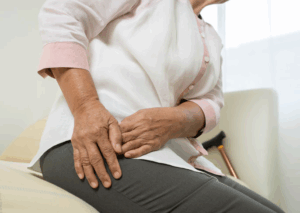
Avascular Necrosis
A condition where blood flow to the femoral head is impaired, leading to bone death, which may require partial hip replacement.
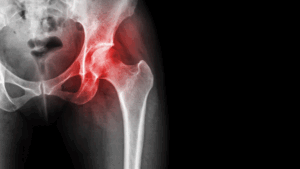
Obesity
Excess weight puts additional strain on the hip joint, accelerating joint deterioration and increasing the need for surgery.

Previous Hip Injuries
Prior injuries or surgeries may compromise the integrity of the hip joint, making it more prone to wear and tear.

Partial Hip Replacement
Diet and Nutrition
Prevention
Diagnosis
Key Services
Key Facilities
Good nutrition plays a key role in the success of Partial Hip Replacement surgery and recovery:
- Calcium and Vitamin D: Essential for bone health and healing, calcium helps build strong bones, while Vitamin D aids in calcium absorption. Sources of calcium include dairy products, fortified plant-based milks, leafy greens, and almonds.
- Protein-Rich Foods: Proteins are vital for tissue repair after surgery. Lean meats, legumes, fish, eggs, and dairy are excellent sources of protein.
- Anti-Inflammatory Foods: Foods such as salmon, walnuts, turmeric, and ginger have natural anti-inflammatory properties, helping to reduce swelling and promote recovery.
- Healthy Fats: Omega-3 fatty acids found in fish, flaxseeds, and walnuts can help reduce inflammation in the body, aiding in faster recovery.
- Hydration: Staying hydrated is crucial for overall health, helping with circulation and the healing process. Aim to drink plenty of water throughout the day.
- Weight Management: Maintaining a healthy weight reduces stress on the hip joint, aiding in both pre-surgery health and post-surgery recovery.
While some risk factors for partial hip replacement are unavoidable, there are steps you can take to help prevent or delay the need for surgery:
- Regular Exercise: Focus on low-impact exercises such as swimming, biking, and walking to keep the hip joint strong and flexible.
- Weight Control: Maintaining a healthy weight reduces the strain on the hip joint, reducing the risk of joint damage and the need for surgery.
- Joint Protection Techniques: Avoid high-impact activities like running, jumping, or heavy lifting that put additional stress on the hip joint.
- Healthy Diet: A balanced diet with plenty of calcium, Vitamin D, and protein supports bone health and prevents bone loss.
- Fall Prevention: For older adults, preventing falls is crucial. Make the home environment safer by removing tripping hazards and using assistive devices like walkers or canes if necessary.
- Posture Awareness: Maintaining good posture helps distribute the body’s weight evenly, reducing the pressure on the hip joint.
The diagnosis of Partial Hip Replacement involves several steps to evaluate the extent of damage to the hip joint:
- Physical Examination: The doctor will assess the hip’s range of motion, check for pain and swelling, and examine any visible signs of deformity.
- X-Rays: X-rays are essential for evaluating the damage to the hip joint and determining the need for surgery. They can show the extent of wear on the joint and identify fractures.
- MRI or CT Scans: In some cases, an MRI or CT scan may be needed to obtain a more detailed view of the bone structure and surrounding tissues.
- Blood Tests: Blood tests may be ordered to check for underlying conditions such as infection or inflammation, though these are typically not the primary diagnostic tool for hip replacement.
Based on the results of these evaluations, the healthcare provider will discuss the surgical options, including whether partial or total hip replacement is more appropriate.
Several services are typically available in a hospital or clinic offering Partial Hip Replacement:
- Pre-Operative Consultation: A detailed consultation to evaluate the patient’s medical history, diagnostic results, and surgical readiness.
- Pain Management: Various techniques, including medications and nerve blocks, are used before, during, and after surgery to manage pain effectively.
- Physical Therapy: Rehabilitation programs designed to restore mobility, strength, and flexibility post-surgery.
- Post-Operative Monitoring: Continuous monitoring of the patient’s health post-surgery to ensure proper healing and to detect any complications early.
- Post-Surgery Care Instructions: Patients are given detailed instructions on how to care for the surgical site, manage pain, and prevent complications.
Hospitals and clinics providing Partial Hip Replacement should have top-tier facilities to ensure a successful outcome:
- Modern Surgical Theaters: Equipped with advanced surgical technology to perform the procedure with precision and safety.
- Rehabilitation Centers: On-site physical therapy services to help patients recover quickly and regain strength and mobility.
- Recovery Rooms: Comfortable rooms designed for patients to recover post-surgery, with round-the-clock nursing care and monitoring.
- Orthopedic Departments: Specialized teams of orthopedic surgeons and healthcare professionals focused on joint health and recovery.
- Post-Surgical Care Units: Dedicated units for patient monitoring to manage complications such as infections or blood clots after surgery.
Top Medical Facilities at Our Multispeciality Hospital – Here’s What Makes Us Different!
Ready to Begin Your Partial Hip Replacement Care Journey?
Learn More About Partial Hip Replacement
Frequently Asked Questions
The recovery time for Partial Hip Replacement surgery varies but typically takes 6 weeks to 6 months. Patients usually begin walking with assistance within a few days, but complete recovery, including regaining full strength and mobility, may take several months. Physical therapy is essential for optimal recovery.
As with any surgery, Partial Hip Replacement carries risks such as infection, blood clots, dislocation, and nerve damage. These risks can be minimized with proper surgical techniques, pre-surgical evaluation, and post-operative care. It is essential to follow the doctor’s instructions to reduce the chances of complications.
A Partial Hip Replacement can last between 15 to 20 years, depending on factors like the patient’s age, activity level, and the materials used for the prosthesis. Regular follow-up appointments are essential to monitor the condition of the hip implant and ensure that it is functioning properly.
